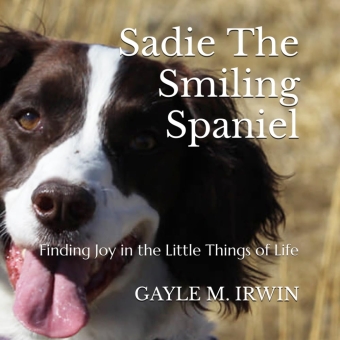A springer spaniel named Sadie finds joy in many things. She explores, takes walks, and travels with her humans and her best dog friend named Jay. She finds butterflies, squirrels, listens to birds, and smells the flowers of spring. She dashes through the snow in winter, and takes naps on the couch inside the house. In everything, she finds joy. Sadie wants to take you on a joyful journey in life, and she wants you to discover what brings you joy. Join Sadie on the adventure of finding joy in the little things of life!
Family saga, rescued animals, love interests, wildlife and majestic Montana scenery, all woven into a sweet romance story.
Eleanor Davis inherits the family farm and plans new projects to keep the property solvant. Meeting Nathan Ford, who knew and helped her grandfather, brings new light to her life and excitement for what may lie ahead. However, secrets they each hold could destroy their fledgling love. A sweet, contemporary romance about forgiveness and healing with elements of pet rescue and family saga.
Eleanor Davis inherits the family farm and plans new projects to keep the property solvant. Meeting Nathan Ford, who knew and helped her grandfather, brings new light to her life and excitement for what may lie ahead. However, secrets they each hold could destroy their fledgling love. A sweet, contemporary romance about forgiveness and healing with elements of pet rescue and family saga.






_w_h340/Ebook%20Cover_Love%20Takes%20Flight4_veggies_LARGER_JPG%20(1600%20×%202400%20px)_08060851.jpg)

